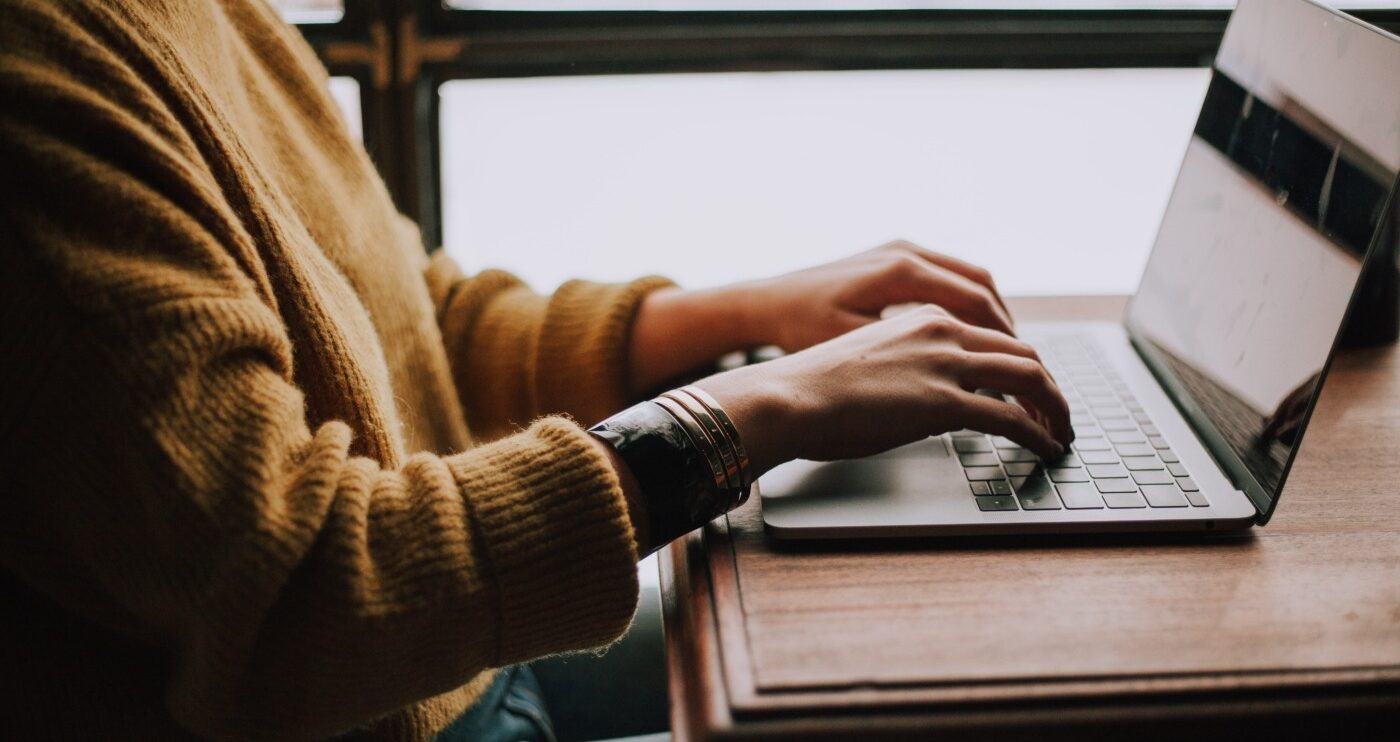Continuing blended learning might be for the better
A lot of us, including me, despise online learning. Indeed, we have good reason to – who wants to just sit there and watch four hours of videos everyday? It hurts my eyes, and I feel like I never quite had the full university experience as a fresher.
Yet despite our feelings, recent reports have shown that these pre-recorded videos may actually be beneficial to our learning. Compared to having face-to-face sessions with teachers, the study published in the Review of Educational Research, journal of the American Educational Research Association, demonstrated that average grades of students went up from B to B+ when students were given videos to learn from instead of conventional teaching methods.
I was shocked when I first saw these findings. It just didn’t seem to make sense that when the mental health side effects of online learning are so apparent, it would somehow make students perform better. This is not to mention the severe lack of motivation one would experience when sitting in front of a monitor all day, seven days a week. The truth is, all of us have been brought up taught in person, in classrooms, so this sudden change isn’t something we adapt well to. I myself am still trying to strike a balance between sitting in front of my screen and actually giving myself a break for food. I imagine some of you reading this have had health related issues due to online learning as well.
Blended learning could be the best of both worlds for students
However, the findings are there and there has to be some reason why. It could be that the videos and teaching used were only for short periods of time for the sake of the study, and so there may be some long run drawbacks of using videos for teaching which weren’t tested. But even so, these results could give education a mysterious new path to go down once the pandemic is over: a future of continued “blended teaching”. I know, that’s probably the last thing some of us would want to hear right now, but it can’t be denied that there are many benefits to online learning, such as being able to learn at your own pace. You could never pause real life, when a lecturer explains something too fast. When that moment is in the past, you may have missed the opportunity to fully grasp a piece of theory that may be important for your module. With online learning, you can pause as much as you want, watching the explanation again and again until you have finally grasped the concept in question. The clarity and convenience of pre-recorded videos is easily superior.
So what about the drawbacks of more learning through videos instead of teachers? The current reality of the student mental health crisis is far from ideal, and mostly caused by the lack of a real university experience. But I believe these downsides can be negated whilst still retaining all of the upsides of studying using videos after the pandemic. To be precise, the student’s obstacle is not primarily watching asynchronous lectures. Whilst they do cause eye strain, when modern day life is filled by social media browsing, be it Instagram or TikTok, eye strain is bound to be a problem either way. The primary problem is that of online learning with no offline contact. The health issues, whether physical or mental, caused by this pandemic are because of our inability to socialise effectively with regard to lockdown restrictions. It is unfortunate that a rather good educational tool such as a pre-recorded video developed this bad reputation due to its association with isolation and Covid.
The solution therefore in the post-Covid world could be this new path of mixing online content with offline classes
The solution therefore in the post-Covid world could be this new path of mixing online content with offline classes. Teachers could record videos for students to watch whilst students still attend seminars to discuss their findings from those videos. Large lectures will return too, but with a new flavour of additional online resources to support the lecturer. This way students get the best of grades from the recorded, pause-able online content, as well as not having to compromise with the health issues that currently affect them due to the pandemic. Blended learning could be the best of both worlds for students. Still not convinced? Think how many times in secondary school the classroom erupted with excitement when the teacher announced we’d watch a YouTube video. I know my school certainly loved it. We’d often tell the teacher to replay them several times to “enhance our understanding of the content,” which of course was code for wasting more lesson time. Yet even if we didn’t notice, these replayed YouTube videos contributed a lot to our understanding and appreciation for the subject – Bill Nye The Science Guy is a clear example of this.
Overall, it seems that blended learning, including from online resources, could have a big future in education, even if it took us a global pandemic to realise its merits.

Comments